What to know
- In iOS 17, Apple has made its Haptic Touch feature on the iPhone quicker with a new ‘Fast’ option. It works faster than earlier.
- To use this fast Haptic Touch, go to Settings > Accessibility > Touch > Haptic Touch and select ‘Fast’. Find the detailed guide with screenshots below.
- In iOS 16, this used to be called ‘Fast’ but Apple has now changed its name to ‘Default’. So, now in iOS 17, you have three different Haptic Touch choices – Fast, Default, and Slow.
Haptic Touch, formerly known as 3D Touch, has long graced the iPhone, providing seamless access to app features without actually launching the app. By simply applying a long-press to an app icon or interactive element, you can activate Haptic Touch, revealing a surplus menu packed with handy shortcuts relevant to your interaction.
Related: ‘iPhone Is Too Close’ Fix!
How to enable Fast Haptic Touch on iPhone
- Required: iOS 17. Check Settings > General > Software Update.
To enable Fast Haptic Touch, open the Settings app on your iPhone.
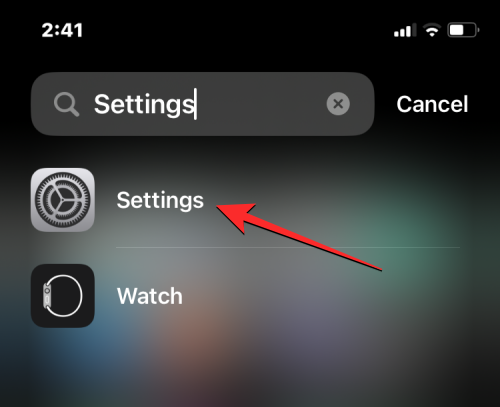
Inside Settings, scroll down and select Accessibility.
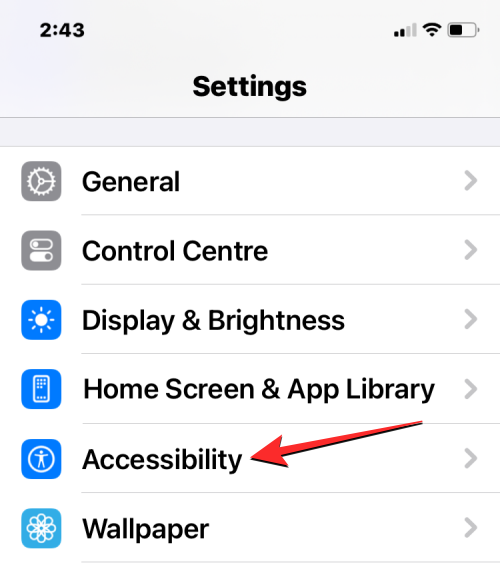
On the Accessibility screen, tap on Touch under “Physical and Motor”.
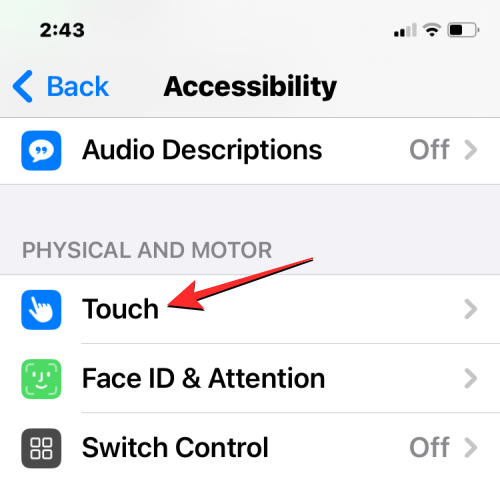
Here, tap on Haptic Touch.
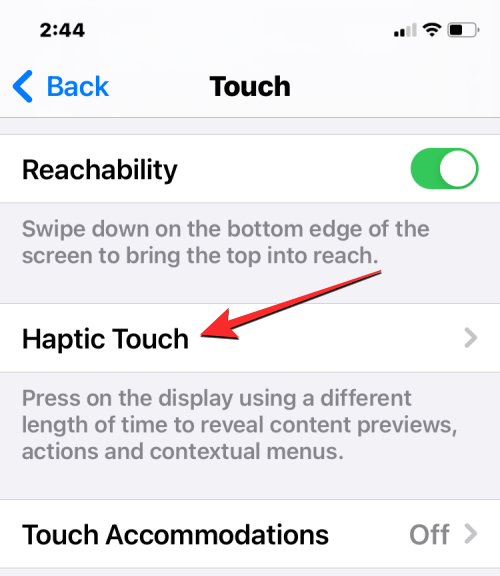
On the next screen, select Fast under “Touch Duration”.
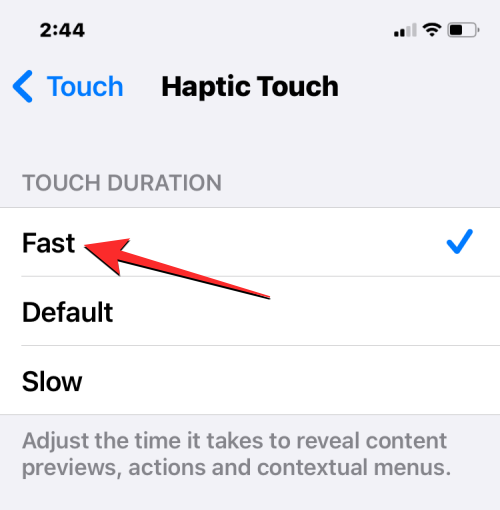
With this option selected, you can test how fast the new response time is by long-pressing on the flower image inside the “Touch Duration Test” section.
Related: iOS 17: How to Customize the Privacy of Your Contact Photo and Poster on iPhone
What is Fast Haptic Touch on iPhone?
Apple allows you to choose how fast Haptic Touch overflow menus appear on the screen when you long-press an app or icon. Until iOS 16, Apple only allowed you to change this speed to Fast and Slow, but in iOS 17, there are now three options you can choose from – Fast, Default, and Slow.
The new “Default” setting behaves like the “Fast” setting on iOS 16. However, the “Fast” setting in iOS 17 is faster than the other two options by a significant margin, showing context menus at least a couple hundred milliseconds faster than the older “Fast” setting. If you’re having a hard time following how each of these settings works, here’s a short pointed summary:
- Fast: Faster animation than iOS 16 “Fast.”
- Default: The same speed as iOS 16 “Fast.”
- Slow: The same speed as iOS 16 “Slow.”
Related: iOS 17: How to Get Call and Message Buttons for A Contact Widget on iPhone
What happens when you enable Fast Haptic Touch?
When you select “Fast” as your preferred Haptic Touch option, you’re increasing the speed at which the context menu appears on the screen after a long-press action. This means the overflow menu that pops up when you tap and hold on an app icon or an in-app button will show up in a shorter time (taking at least 200 milliseconds less) than in previous versions.
This can change the overall interactive experience of the iOS interface as options and menus will be more responsive than before. The move to making Haptic Touch a tad faster makes this experience feel a lot like how 3D Touch worked on older iPhone models. By making Haptic Touch more responsive, your iPhone can now mimic 3D Touch’s pressure-sensitive activation but this may sometimes also lead to false activations if your iPhone registers accidental touches.
That’s all you need to know about enabling “Fast” Haptic Touch on iPhone.
RELATED

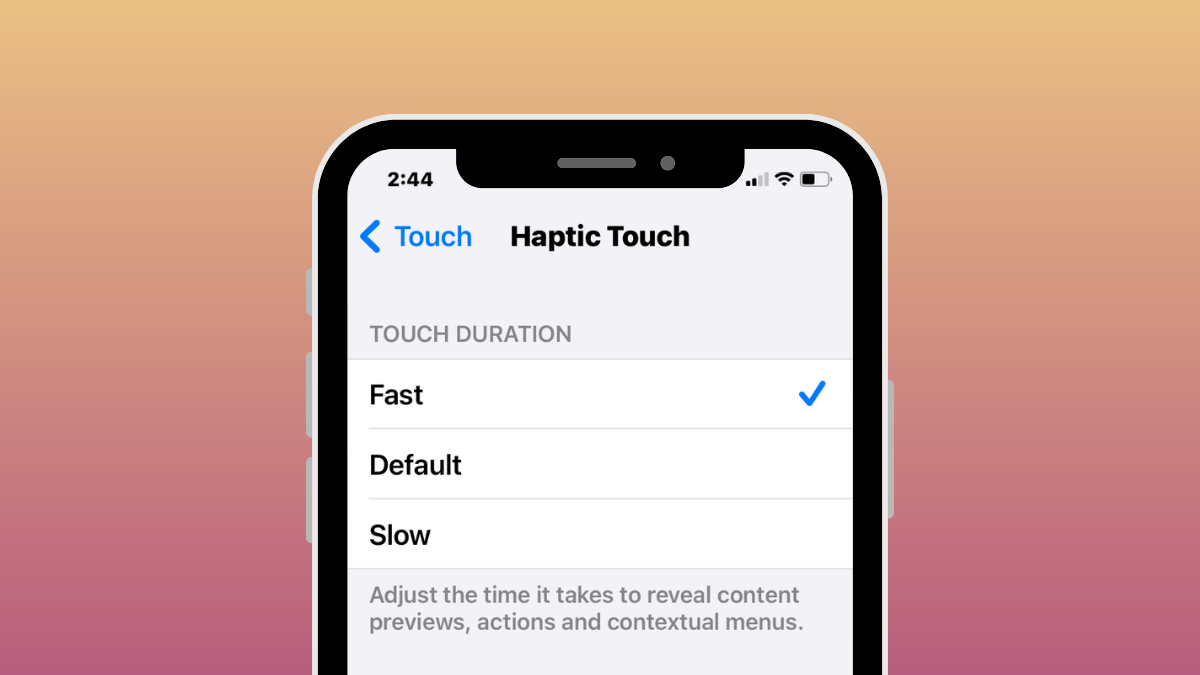











Discussion